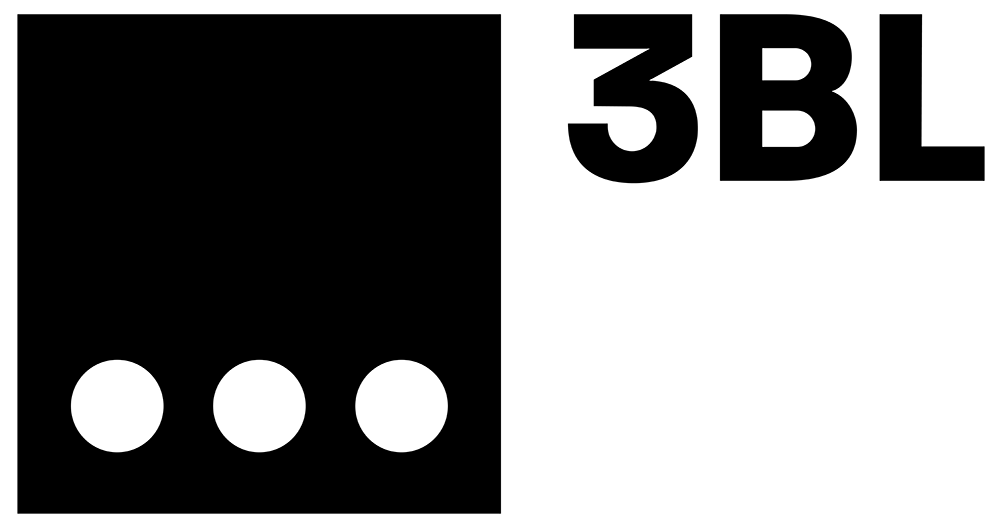Guest Post: The ABCs of Health Literacy: Understanding to be Understood
The healthcare sector spends millions of dollars on advertising, but how much of what is being communicated is really being understood?
When one considers that as many as half of all American adults have limited literacy skills and even more—as many as 9 out of 10—have limited health literacy skills, the issue becomes more acute. Numerous studies document a mismatch between patient reading skills and the readability level of health materials.
When the vast majority of the population can’t understand complex health information, changes need to be made.
It’s been found that clearly written content, uncluttered websites, and simple navigation dramatically improve the performance and experience of web users, including those with limited literacy skills. Clean layouts and familiar language are more usable for everyone.
We believe that for marketers, health information literacy needs to be a core consideration in every communication developed, and integrated into the user experience and content development process.
To that end, many resources are available to help write easy-to-read health materials and design sites for better usability and comprehension. The U.S. Department of Health and Human Services’ Office of Disease Prevention and Health Promotion (ODPHP) provides a research-based how-to guide for creating health websites and web content. It offers an overview of how to:
- Deliver online health information that is actionable and engaging.
- Create health websites that are easy to use, particularly for people with limited literacy skills and limited experience using the web.
- Evaluate and improve your health website with user-centered design.
Other resources include:
- NIH Class – Promoting Health Literacy Through Easy-to-Read Materials
- MedlinePlus’ guidelines to help create easy-to-read health materials.
- NIH Senior Health, to help the aging population understand health information
- Plain English provides plain language
- The Clear Language Group (CLG) is a consortium of health literacy, plain language, and cross cultural communication specialists.
- MAXIMUS Center for Health Literacy develops easy-to-read print materials and easy-to-use websites so that governments and public health services organizations can communicate effectively with their consumers.
- Health Literacy Institute is a group of national experts in the fields of health literacy, plain language, and health communications, including three of the founding members of the Clear Language Group (CLG).
Improving health literacy entails the application of evidence-based best practices in user-centered design, web design principles and clear writing together. There must be a widespread movement to provide health content, tools and resources online and in emerging digital technologies that are more accessible to low health and digital literacy populations.
“Literacy matters in healthcare because life-threatening or potentially harmful mistakes may happen when people cannot read or understand written information,” says Helen Osborne, author of Health Literacy from A to Z, consultant and founder of Health Literacy Month, which is marked each October.
This post originally appeared on Hale Advisors. Posted with permission of the author. Click here to read more from this author.

